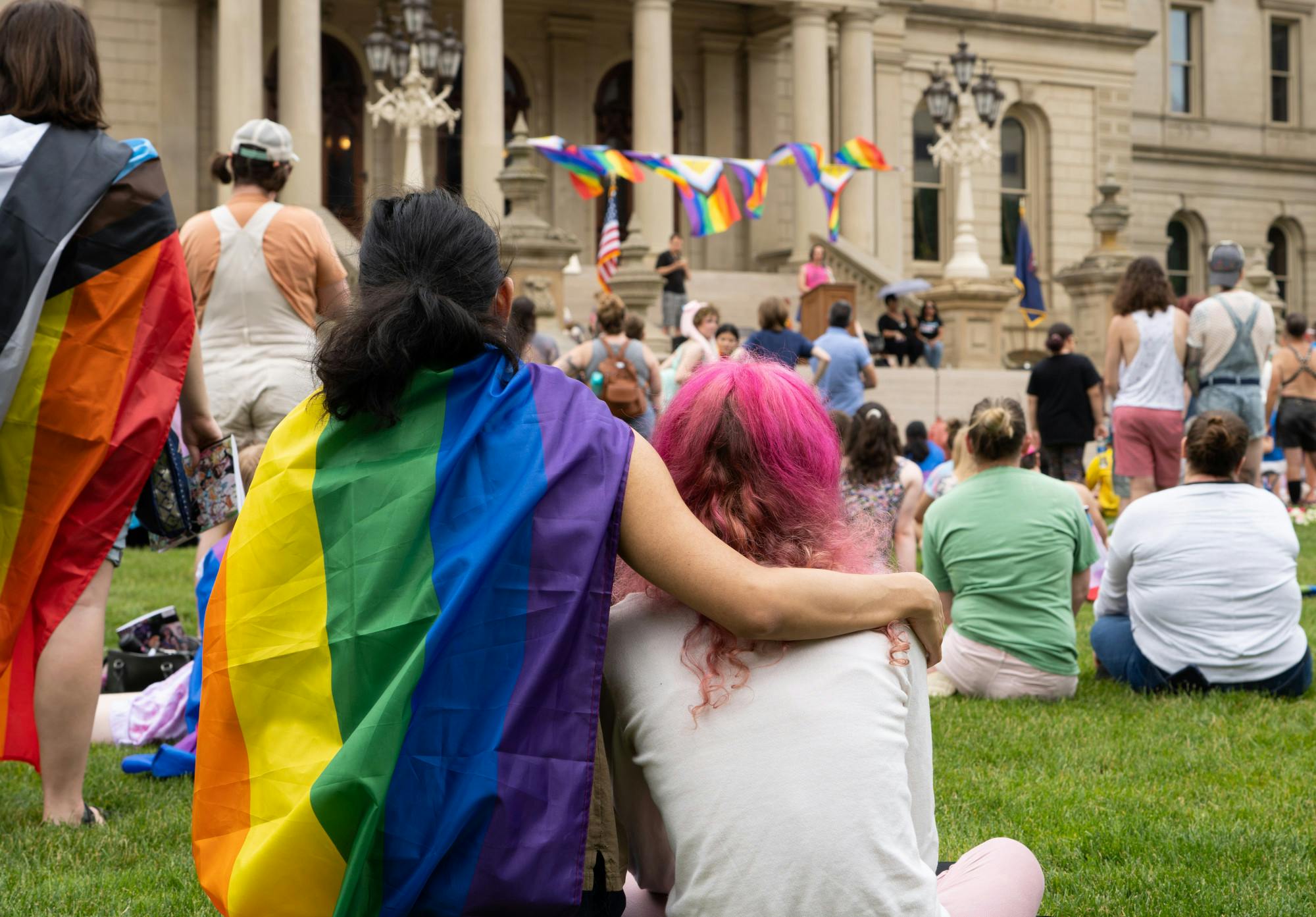While Pride month may have drawn to a close, the work of Michigan State University scientists in creating a more equitable world for the LGBTQIA+ community has not.
MSU social scientists work to better the healthcare experience for the LGBTQIA+ community
MSU’s Consortium for Sexual and Gender Minority Health connects researchers and students across three different colleges and nine departments to identify and address social, systemic and structural barriers to healthcare in the sexual and gender minority communities.
Using a wide variety of social science tools from poetry to archival analysis, the Consortium works to both target and resolve healthcare issues within the LGBTQIA+ community.
“We use social science methods to take a look at sexual and gender minority health with a focus on ensuring that sexual and gender minorities are receiving the best healthcare possible to reduce health inequalities,” Consortium Director Dr. Carla A. Pfeffer said.
While the work of medical doctors has led to an understanding of disease progression and medication impacts, the work of social scientists is necessary to understand how social conditions impact health and overall wellbeing.
Several studies have found that the social contexts of one’s life determine the risk, susceptibility and progression of disease, according to the National Library of Medicine. Therefore, by including the context of sexuality in healthcare, doctors can provide better care to LGBTQIA+ patients.
“We’re really targeting the root source of problems rather than just trying to place a bandaid on those problems and social scientists are pretty much perfectly positioned to do just that,” Pfeffer said. “To look at social systems, social structures, and institutions and how they play a role in health and healthcare.”
MSU student creates organizations to increase LGBTQIA+ visibility in healthcare
Five years ago, fourth-year College of Human Medicine student Nicholas Nicoletti had a personal experience with his healthcare provider in which his queer identity was disaffirmed; when he started medical school himself, he saw the gap in education that led to this.
“Everyone really, at the end of the day, they don't go into medicine to hurt their patients,” Nicoletti said. “A lot of what happens is that we have these doctors who are very well educated, but just don't have the tools to help their queer patients, or the knowledge.”
So, Nicoletti decided to create an organization to bridge the gap.
Dx:Q, shorthand for diagnosis queer, is a nonprofit organization focused on bringing the healthcare community closer to the queer community through sharing stories from patients and providers, creating resources to better educate patients and providers and hosting workshops.
“Yes, we can make changes within the institution of healthcare, but its effects often take years to decades,” Nicoletti said on the Dx:Q website. “It is education that has the power to have the greatest chance at improving the system. Every currently practicing physician was trained, in medical school and residency, through an educational model which did not emphasize human connection, they had to figure it out on their own.”
Nicoletti hopes that this organization will help both expose and educate people on queer healthcare.
“I think some people are like, ‘Why does queer health care matter? How is that any different?’,” Nicoletti said. “So, folks being able to tell their stories in healthcare allows them to have that kind of initial exposure to say, well, here's kind of why and here are a few reasons why it matters, and that's why we need more research behind it.”
Support student media!
Please consider donating to The State News and help fund the future of journalism.
Discussion
Share and discuss “LGBTQ+ visibility in healthcare: How MSU is working to bridge the gap for LGBTQ+ patients” on social media.







